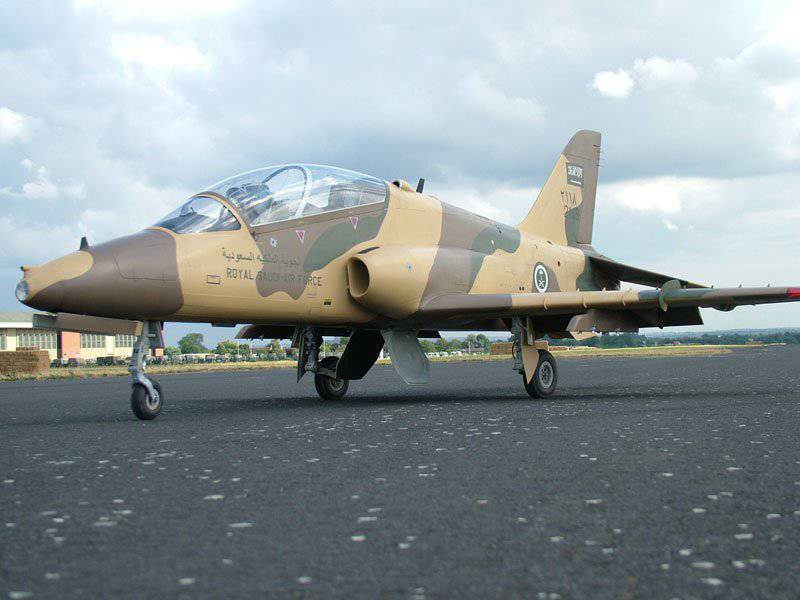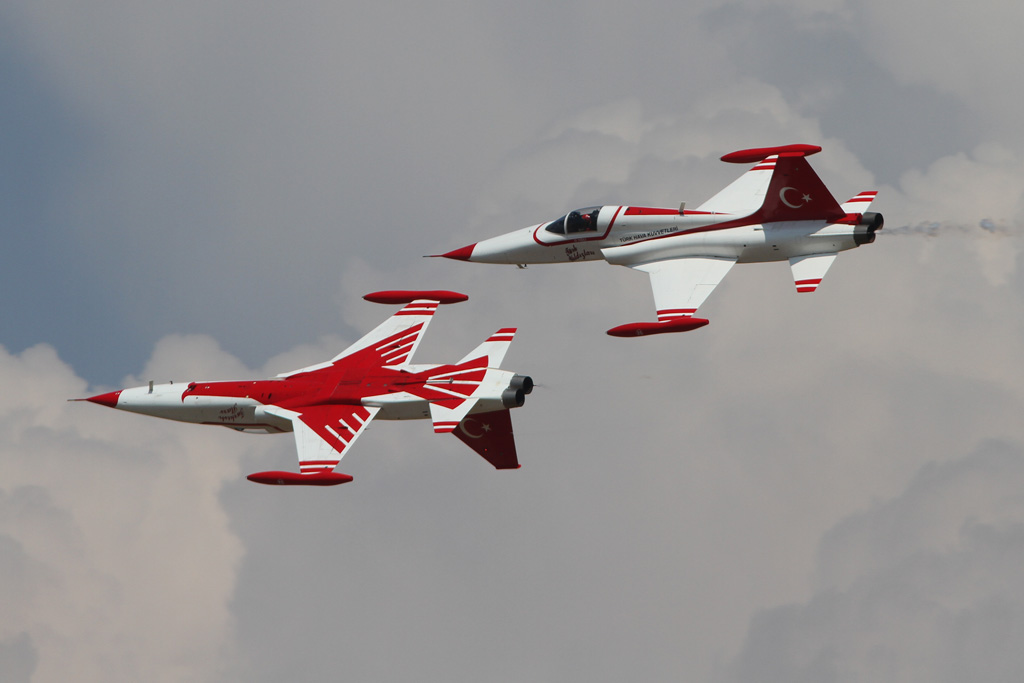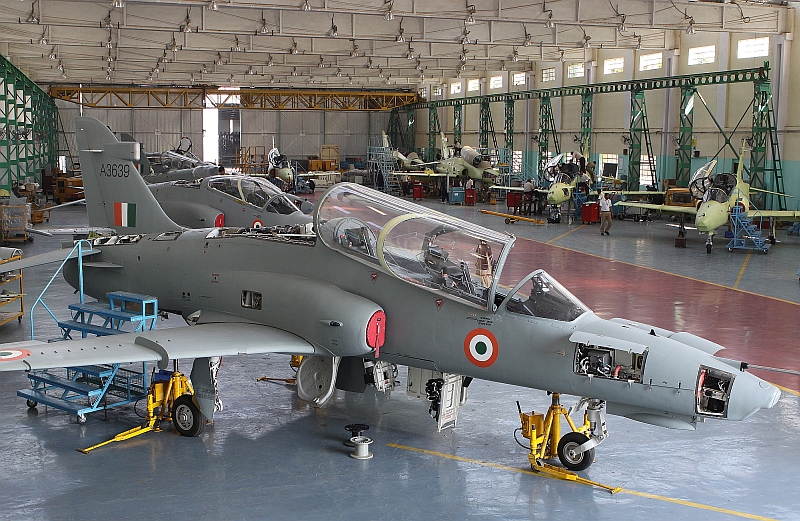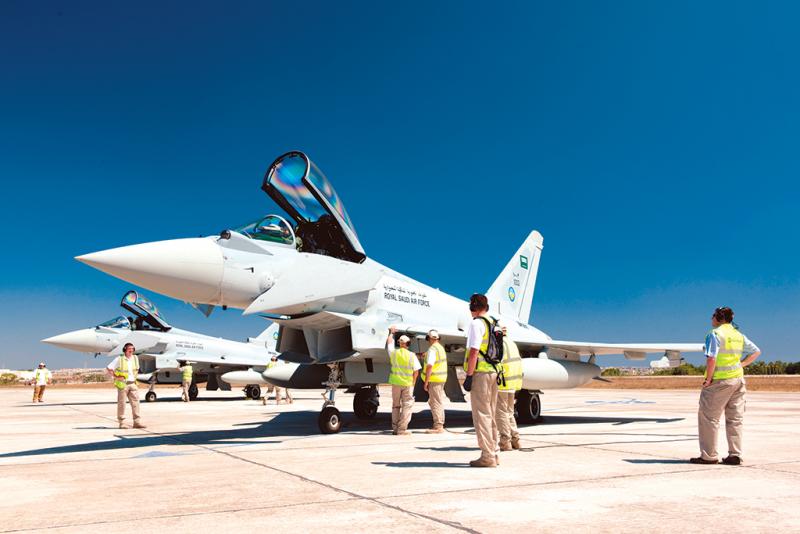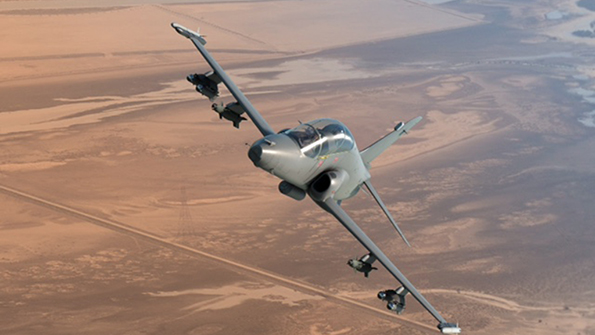Saudi Arabia Unveils Major Military Industrial Effort
Apr 28, 2016 Michael Bruno and Tony Osborne | Aviation Week & Space Technology
Saudi Arabia has long had aspirations to create a stronger aerospace industry, beyond its well-established MRO companies. Now, those dreams could start becoming reality, and Western and other contractors may already be helping it happen.
The country, the world’s second-leading arms importer for the past five years, will embark on a massive effort to build up its military industrial base and provide for a major portion of its security forces in coming years, the kingdom’s deputy crown prince announced April 25.
While the move is expected to take years to complete, it could provide both risks and rewards for many Western weapons providers. The kingdom accounted for 9.7% of U.S. arms exports in 2011-15 and 46% of U.K. exports, according to a February report by the Stockholm International Peace Research Institute (Sipri).
Analyst Byron Callan of Capital Alpha Partners says British-based BAE Systems has the most exposure to the kingdom, but Saudi Arabia also is a factor for U.S.-based primes Boeing, General Dynamics, Lockheed Martin, Northrop Grumman and Raytheon.
BAE Systems, which builds Eurofighter Typhoons for the Royal Saudi Air Force and has a growing workforce in the kingdom, could benefit from the country’s economic plans. Credit: BAE Systems
The Sipri report shows that Saudi Arabia’s arms imports in the latest five full years are up by 275% compared with 2006–10, and the country is expected to continue to receive large numbers of major foreign arms in the next five years.
Arms on order include 150 combat aircraft and “thousands” of air-to-surface missiles and anti-tank missiles from the U.S., as well as combat aircraft from the U.K. and an “undisclosed but large number” of armored vehicles from Canada with turrets from Belgium, according to Sipri.
While traditional foreign military sales to Saudi Arabia conceivably could decline under the inward push, all is not necessarily lost. For instance, with a workforce of more than 5,000 through local subsidiary BAE Systems Saudi Arabia—which already has a major initiative to replace foreign workers with local talent—it seems plausible BAE could capitalize on the domestic turn.
“Saudization” of the maintenance and supply chain is already underway, BAE says, with locally based Advanced Electronics Co. now involved directly in the production of components for the avionics suite of the 44 Hawk Mk. 165s being built for the Royal Saudi Air Force.
Under the Al-Salam contract with London and BAE, the Saudi government had planned that 48 of the 72 Eurofighter Typhoons ordered for the kingdom’s air force could be assembled in-country by the Riyadh-based Alsalam Aircraft Co., but those plans fell through.
However, sources within BAE Systems say that the Saudi government would like final assembly of the 22 Hawk aircraft ordered at the end of 2015 to be carried out in the kingdom. Some BAE staff members have been approached about moving to Saudi Arabia to assist with technology transfer. A company spokesman would not formally comment on any plans or the greater Vision 2030 effort.
Other deals in play within the kingdom include state-owned Taqnia, part of the Saudi Development and Technical Investments Co., signing several agreements with international aerospace and defense companies over the last year. The main focus is on the design, development and production of defense equipment and aircraft. One of the most important is a deal with Lockheed’s Sikorsky Aircraft over helicopter production, as well as “developing local content.”
But it is a deal with Ukraine’s Antonov that is perhaps the most advanced, calling for joint development of a Westernized version of the An-32 twin-turboprop transport called the An-132D. Assembly of a demonstrator aircraft with Western engines and avionics is ongoing in Kiev, and plans would see as many as 80 An-132Ds assembled in Saudi Arabia as tactical transports and special mission aircraft.
Saudi Arabia also plans to buy several Antonov regional airliners configured for special mission duties. And Taqnia has signed a joint venture agreement with Turkey’s Aselsan to design, develop and produce radars, electronic warfare and electro-optical systems. DigitalGlobe also has partnered with Taqnia to build at least six small optical Earth-observation satellites.
Saudi Deputy Crown Prince Mohammed bin Salman discussed Vision 2030 on Al Arabiya television as he unveiled Riyadh’s economic plan to move the country away from its deep reliance on oil revenue.
Besides cutting military spending, the defense element of Vision 2030 entails creating a holding company for domestic military companies with the goal of dedicating half of the kingdom’s defense budget to local enterprises. “Although the kingdom is the world’s third-biggest military spender, only 2% of this is within our kingdom,” says the Vision document. The current industrial base comprises a mere seven companies and two research centers, it laments.
As offshoots of domestic industrial growth, Saudi Arabia foresees greater security, self-sufficiency and defense exports. Localization will be achieved via direct investments and strategic partnerships with leading companies in this sector, according to the document. Efforts already underway include spare parts, armored vehicles and basic ammunition industries; longer-term plans include military aircraft.
http://www.w54.biz/showthread.php?3327-Saudi-Arabia-Unveils-Major-Military-Industrial-Effort
http://aviationweek.com/defense/saudi-arabia-unveils-major-military-industrial-effort
22 طائرة هوك تخطط السعوديه لتجميعها على ارضها



